
Not to lecture but…I had to learn on a Nikon D50 DSLR (you can literally pick up a used one for like $50 now) and I hated it at the time, but in hindsight, I had a nasty attitude about my gear and could’ve learned a ton a lot faster if I’d just ditched that. I would bet if I had access to one in decent condition now I could make pretty great imagery with it with my current experience/skill level, and if I hadn’t been constantly pissing and moaning about the gear I could’ve learned a ton of theory and stuff and made much better images with it and learned a lot more with it than I did at the time. Just pick up the gear you have on hand, and treat it like you’re an apprentice learning with apprentice’s tools, you can get the master’s tools later on.
I say this because I recently picked up a used D60 to check and yes, I make great images with it despite its age and it’s tons of fun to use it. As of two days ago I was taking really nice shots I’ll be keeping with it. That with an equally old inexpensive lens attached as well.

Oh, my bad I was mostly ranting about myself in case that’s what was going on, I was just saying that when I was (because I was)…I would’ve been better off just using what was on hand for whatever it was capable of. My apologies for being a jerk, and sorry.
As for what you’re looking at that is a bit primitive to me to be honest but you can still learn on any camera. Try and learn composition with it until you’ve picked up a decent one, you can learn composition on a flipphone. If you’re on a budget, I will say mirrorless is probably more or less the future but DSLR tech still does the job just like film cameras still do work just fine and you can grab a used and decent DSLR for pretty cheap these days (as well as a starter lens to go with it). I’m still using DSLR’s personally.